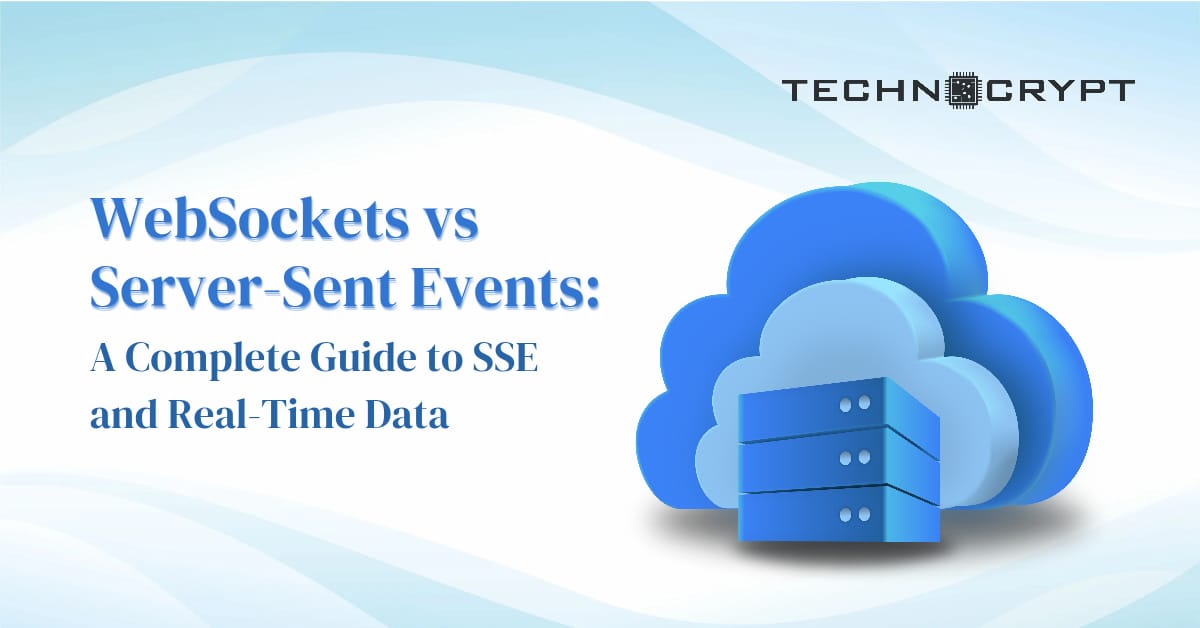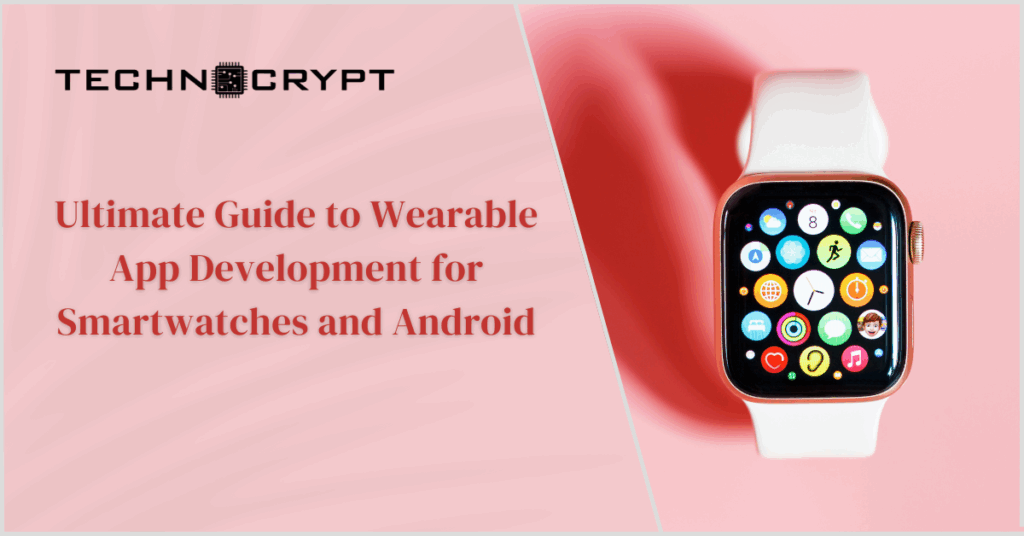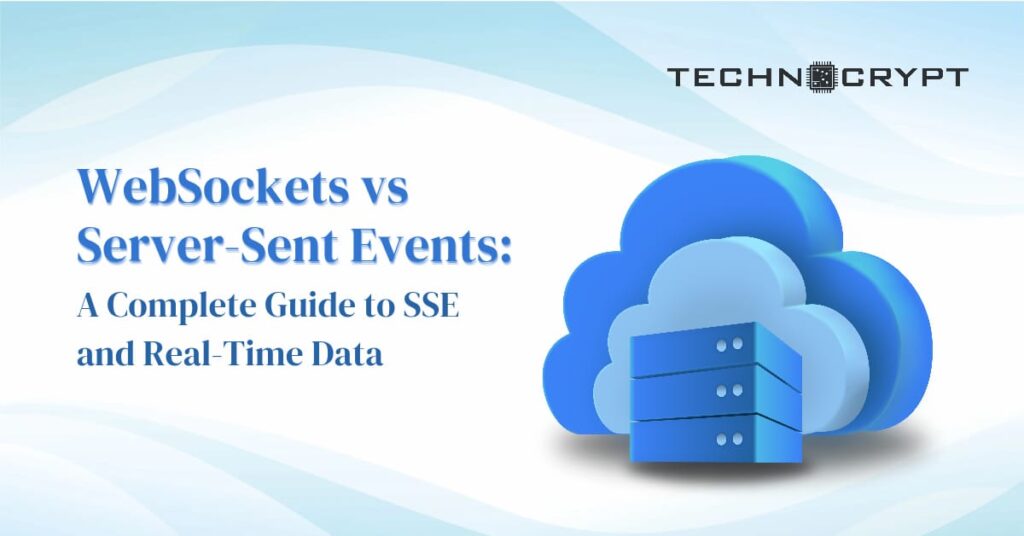While both are designed to facilitate real-time communication between the server to the client communication is essential for real-time applications. and the client, a reliable communication channel is crucial. server and the browser, they serve different purposes and cater to different scenarios. Understanding these differences will help you choose the right technology for your application. Let’s dive deep into how they work and where they shine.
Exploring Real-Time Communication: A Modern Essential
Gone are the days when users were willing to refresh their browsers to see the latest data. Today, apps need to push updates automatically. For example, imagine using a stock trading app where you have to hit the refresh button every time you want the latest stock prices. It’s frustrating and inefficient.
This demand for instant feedback led to the rise of real-time web applications—apps that provide data updates directly to the client as soon as they’re available. But how do these updates happen behind the scenes?
Traditionally, developers used methods like long polling or frequent HTTP requests. These approaches involve repeatedly asking the server if new data is available through an event stream. While functional, this creates significant overhead for both the client and the server, consuming unnecessary resources and bandwidth.
Enter WebSockets and SSE, two technologies designed to eliminate the need for constant polling and provide efficient, seamless real-time updates.
WebSockets: The Backbone of Interactive Applications
WebSockets are a versatile technology that facilitates bidirectional communication between the server and browser. This means both the server and the client can send and receive messages independently, without waiting for the other to initiate communication.
How WebSockets Work
- The process starts with an HTTP request from the client to initiate the connection.
- After a successful handshake, the protocol is upgraded to WebSocket protocol, creating a persistent connection.
- This connection operates over a single TCP connection, enabling fast, uninterrupted real-time communication.
Once the WebSocket connection is established, both the server and the client can exchange messages freely. This makes it ideal for applications requiring constant, dynamic interaction.
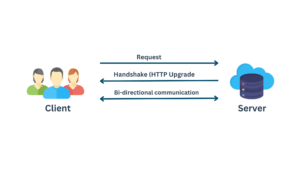
Why WebSockets Are Powerful
- Low Latency: Because the connection stays open, there’s no delay caused by repeated HTTP requests.
- Full-Duplex Communication: WebSockets provide simultaneous data transfer in both directions, essential for interactive web applications.
- Scalability for Complex Use Cases: Whether it’s gaming, real-time collaboration, or financial trading, WebSockets excel in scenarios demanding high-frequency updates.
Use Cases for WebSockets
- Chat Applications: In a chat application, messages need to be sent and received instantly. With WebSockets, both users and servers can send messages in real time without delay.
- Multiplayer Games: In online games, actions from one player need to be transmitted immediately to others. WebSockets handle these high-speed interactions effortlessly.
- Collaborative Tools: Tools like shared documents or whiteboards rely on continuous updates from all users. The bidirectional communication of WebSockets makes this possible.
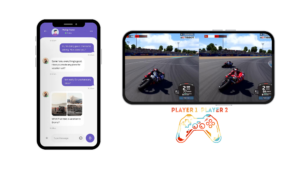
Challenges of Using WebSockets
While WebSockets are incredibly powerful, they come with a few challenges. Setting up and maintaining a WebSocket server requires more effort compared to simpler technologies like SSE. Managing reconnections, ensuring security, and scaling the system for high traffic can also be complex.
Server-Sent Events: Simplicity at Its Best
If your application only requires server-to-client communication, SSE might be the perfect solution. Unlike WebSockets, which enable bidirectional communication, SSE allows the server to push updates to the client over a continuous connection.
How SSE Works
SSE connections are initiated by the client using the EventSource API. The client connects to an SSE endpoint on the server, which sends updates as a continuous stream of events. These events are transmitted using the SSE protocol for efficient event streaming. text/event-stream protocol, making the process straightforward and efficient.
One of the standout features of real-time web applications is their ability to send data instantly. SSE is its automatic reconnection capability. If the connection is interrupted (e.g., due to a network issue), the browser automatically attempts to reconnect without requiring additional code.
Advantages of SSE
- Ease of Implementation: SSE is supported natively in most modern browsers, making it simple to set up without requiring external libraries.
- Lightweight Protocol: Since it operates over standard HTTP, it avoids the complexity of setting up a custom WebSocket server.
- Automatic Reconnection: Built-in reconnection ensures a seamless experience for users without added developer effort.
Use Cases for SSE
- Live Dashboards: Real-time analytics dashboards often need continuous updates from the server, which SSE excels at handling.
- News Feeds can be enhanced with real-time data updates.: Streaming updates, such as breaking news or live blogs, is an ideal use case for SSE events.
- Notifications: Sending user-specific alerts or system updates can easily be done with SSE.

Challenges of SSE
While SSE is a unidirectional protocol, its simplicity comes at the cost of flexibility. It’s not suitable for applications requiring bidirectional communication, such as real-time gaming or collaborative tools. Additionally, SSE support is strong in modern browsers but lacks compatibility with older ones like Internet Explorer.
Comparing WebSockets and SSE
| Feature | WebSockets | SSE |
|---|---|---|
| Communication Type | Bidirectional | Server-to-Client Communication |
| Protocol | Custom WebSocket protocol | Standard HTTP protocol |
| Ease of Implementation | Requires a dedicated WebSocket server | Simpler to implement SSE |
| Browser Support | Widely supported, but needs polyfills for older browsers | Native browser compatibility for most browsers |
| Use Case | Interactive real-time applications like chats | Streaming real-time updates to the client |
Communication Style
- WebSockets offer full-duplex communication, enabling simultaneous data exchange between the server and the client.
- SSE allows the server to push data to the client in one direction, which is sufficient for many real-time applications.
Implementation Complexity
- WebSockets require setting up a dedicated WebSocket server, which can be resource-intensive but offers unparalleled flexibility.
- SSE is simpler, using standard HTTP for easy integration with existing infrastructures.
Browser Compatibility
- WebSockets are supported by virtually all modern browsers, with additional library support for older ones.
- SSE is supported natively in most browsers but isn’t compatible with Internet Explorer, making it a less universal solution.
Choosing the Right Solution
The decision between WebSockets vs. SSE comes down to your application’s needs:
- Use WebSockets if real-time data is available:
- Your app requires constant, bidirectional communication, such as a real-time chat or online game.
- Low latency is critical to the user experience.
- Use SSE if:
- Your app only needs to push updates from the server, such as live notifications or dashboards.
- You prefer a lightweight, easy-to-implement solution.
Final Opinion on Websockets and Server-sent Events
Both WebSockets and SSE are invaluable tools for delivering real-time updates in modern web applications. While WebSockets excel in scenarios requiring high-frequency, bidirectional communication, SSE excels at efficiently delivering server-to-client communication for simpler use cases.
By understanding the differences and knowing your specific use case, you can choose the right technology to build fast, responsive, and reliable applications. Whether you’re powering a real-time chat, live sports updates, or a collaborative tool, the right approach ensures your app meets user expectations seamlessly.

